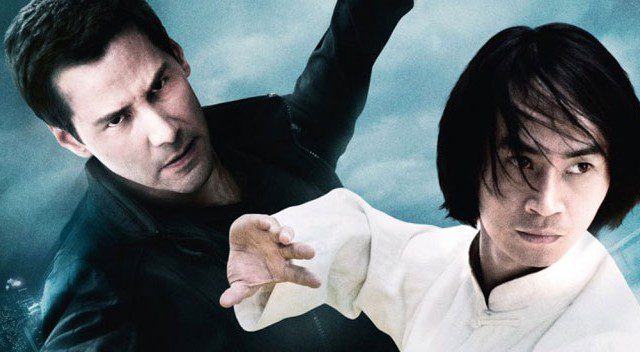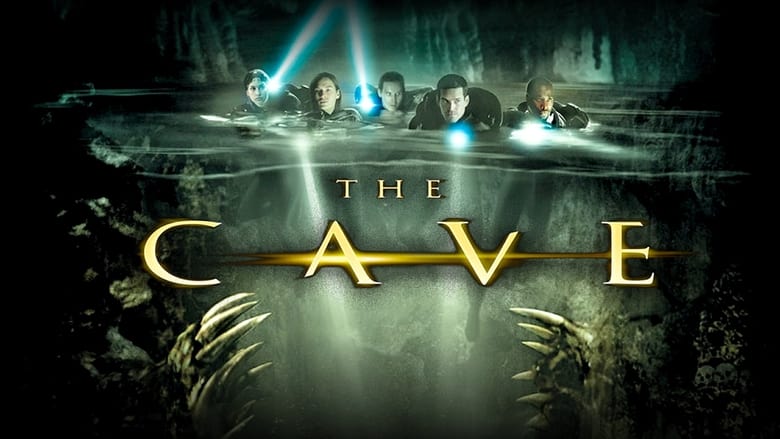Who would have guessed that Keanu Reeves, stone face Golem of an actor of the people, would shine in the directors chair, but in Man of Tai Chi he truly does. Mr. Reeves gives us a tale of a young Tai Chi practitioner, Tiger Chen, who gets sucked into the underground world of illegal fighting. Sure, you’ve heard all this before, but the story takes a number of delightful twists and turns to make it stand out and feel just fresh enough. The bulk of the story follows Tiger Chen and his hero’s journey trying to find his place in the world, while trying to prove that Tai Chi is not the weak exercise that people perceive it to be.
The first act of the movie gets straight to the point without a great deal of exposition or background building. We are introduced to a number of secondary characters, but these players feel more tacked on as a means to an end instead of adding any real value to the film’s plot. Most noticeably is the needless love interest that the film all but forgets about during the second and third acts. What is on display is some amazingly choreographed fight scenes featuring a plethora of martial art styles. Yueon Woo-ping, famed fight choreographer has crafted some truly impressive action scenes showcasing all the varied fighting styles that are on display here.
We build from fight to fight, progressing to more challenging opponents and more intricate and complex fighting styles. The action is fast and furious, with matches taking place in large enclosed areas and dealing with one-on-one style planned encounters. If you are a studio planning to make a movie based on a fighting game, you should be using Man of Tai Chi as an example of how to make it work effectively.
The film really drags the audience in during its second act in which we see some real character development finally happen. It’s amazing that a man like Keanu Reeves can bring out some honest emotions from his main character. Not only is Mr. Reeves directing top-notch, with use of lots of effective camera work that highlights the action, but his time in front of the camera is pretty good as well, playing main villain, Donaka Mark. You get the feeling that he is playing off the fact that audiences see him as this emotionless wall and uses that to great effect playing the movies villain. While we get little to no background on him, or his fighting tournament, there is just enough there to make us root for our hero.
He recruits, early in the film, Tiger Chen to fight for him and in return Tiger is able to rise above his meager life and provide for his family and temple. Of course this is all part of the plan, and has been done to death over the years, but it’s the little things that make it unique in this case. We find out early on that Donaka is filming everything involving Tiger Chan’s life and using what he learns to harden him as a fighter. This Truman Show undercurrent really pays off during the film’s most impressive fight scene where Tiger is pitted against two opponents and is pushed to the dark side. Subtle hints of the Anakin to Vader style transformation are sprinkled throughout the course of the film, from his name changing on the video crawls to his more violent tendencies during the legal martial arts events he participates in. The big revelation is that people aren’t paying to watch the fighting, but instead are paying to watch Tiger’s life and his progression from a truly innocent man, into a hardened killer. It’s a nice change of pace from the standard tournament setting that many of these movies rely on.
Of course this all leads to an inevitable showdown between Tiger and Donaka on the grounds of the heros temple, but it all just kind of happens all of a sudden, as if the story couldn’t really figure out how to transition correctly. Michael G. Cooney, best known for his writing on video game scripts (RE 6, Devil May Cry 4), shows that he can produce a decent enough story, albeit one that is very simple and lacking in solid pacing (kind of like a video game). Donaka (Reeves) is impressive in the films last fight, using his height and build to really come off as an imposing fighter. Again, the choreography is excellent and may even rival his performance in the Matrix series of films. We don’t get anything new or amazing from him, but it’s a solid fight with Tiger learning who he really is and fully embracing the art of Tai Chi. Although it did feel like both characters ended up getting what they wanted out of everything.
I enjoyed the film as a whole but there were some parts that made me cringe in just how poor they were. It’s strange, because none of these parts had anything to do with the fighting, or even the acting, they all had to do with the film’s insistence on using CGI when it would have been better and probably cheaper to do it for real. We have a number of close up shots in a helicopter without any dialogue that look to have been shot on a blue screen from the early 90s and a car crash that could have been stripped right out of a badly done video game. Both scenes were unnecessary and felt added on at the last second only to serve to pad out the films runtime. The films ending also feel completely arbitrary as Tiger and his now magically returned girlfriend (I guess they began dating during the zero downtime he had) standing like they’ve been together forever. It’s a really poor ending to what otherwise is a really enjoyable film.
If you are a fan of martial arts films, then Man of Tai Chi is an easy recommendation. If however you want a film with a deeper story and characters, you may want to look elsewhere. I for one wouldn’t mind seeing Keanu Reeves direct more martial arts films like this.
Directed by: Keanu Reeves.
With: Tiger Hu Chen,
Keanu Reeves,
Karen Mok, and Yu Hai
Running time: 1 hour, 45 mins.
Parent’s guide: R (violence, adult themes)
Available on: Blu-ray, DVD, and Amazon Instant Video (free for Prime members)




